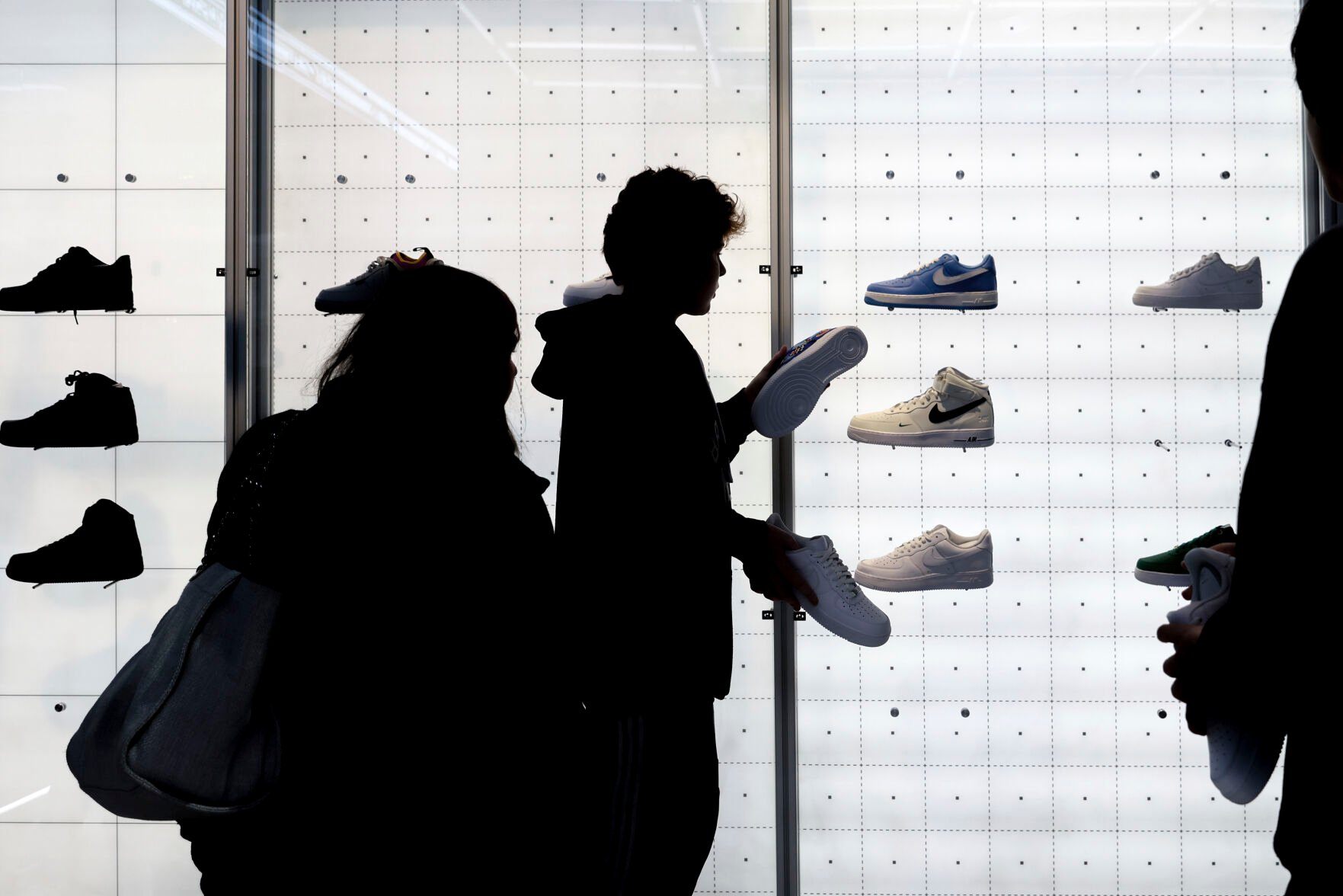Book a flight or hotel room now, and pay it off later? It’s an increasingly common trend in travel spending. Companies like American Airlines, United Airlines and vacation rental website Vacasa offer the option to make reservations now and pay it back incrementally over time with “buy now, pay later” services.
Between 2020 and 2021, travel and entertainment purchases were the fastest-growing segment of the buy now, pay later phenomenon, according to a September 2022 report from the Consumer Financial Protection Bureau.
Buy now, pay later is an alternative type of short-term credit for online purchases offered by companies including Affirm, Afterpay and Klarna. The shopper immediately gets their purchase and pays it back later, typically in four installments or monthly payments.
While buy now, pay later has been popular for years in segments such as apparel and beauty, it’s slowly growing in other areas, including insurance, education and groceries — and travel is outpacing them all.
In 2019, just $10 million was spent on travel-related buy now, pay later services. It grew to $60 million in 2020 and $800 million by 2021, logging an astounding 1,233% increase in one year and a 7,900% increase in two.
But that growth isn’t necessarily good. In fact, the CFPB warns it’s a troubling trend.
THE PROBLEMS WITH USING BUY NOW, PAY LATER
Buy now, pay later can entail confusing terms, challenges in filing and resolving disputes, and strict requirements, like required use of autopay. And since it can encourage shoppers to take on more debt than they can afford, buy now, pay later might sometimes do more harm than good, many experts say.
LATE FEES
Many buy now, pay later services charge late fees, typically around $8. According to the CFPB, 10.5% of buy now, pay later borrowers were charged at least one late fee in 2021.
FORCED AUTOPAY
Some buy now, pay later loans require autopay, which can be problematic for people who have insufficient funds in their connected payment accounts, as they could incur a late fee from the buy now, pay later company, as well as an overdraft fee from their bank.
According to the CFPB, 89% of 2021’s buy now, pay later repayments were made on a debit card, which opens up the possibility for overdrafting on accounts with insufficient funds. One in three buy now, pay later users reported overdrafting in January 2022, according to a survey from Morning Consult, a market research organization. Overdrafts typically trigger their own fee.
Repaying buy now, pay later purchases with credit cards isn’t any better, even though some do it.
“This practice — essentially using a credit card to pay off other debt — is a sign of inability to repay,” according to the Center for Responsible Lending and other groups in a March 2022 joint report.
OVERSPENDING
Buy now, pay later services have access to shoppers’ purchasing data, which can then be used in future marketing campaigns — likely encouraging even more spending. And that’s not the only type of overextension that puts consumers at risk.
A 2022 Motley Fool survey found that reasons to use buy now, pay later included:
● To make purchases that wouldn’t fit in my budget (45%).
● To borrow money without a credit check (21%).
● I can’t get approved for a credit card (14%).
● My credit card(s) are maxed out (13%).
BUY NOW, PAY LATER ISN’T ALL BAD
If paid off on time, interest-free buy now, pay later purchases provide an affordable alternative to credit cards, which typically charge interest on outstanding balances. Given the clear payment dates and fixed amounts, buy now, pay later services might help with budgeting. And for cash-strapped folks who need to make an emergency trip, such as visiting a sick relative, buy now, pay later might be the only option.
For others, buy now, pay later services can free up cash flow. That was the case for Chris Panteli, who runs an online financial coaching website based in the U.K. Panteli needed a vacation after a tough year marked by illness, his partner leaving him and long workweeks.
Because he was in the process of dividing finances with his former partner — and he wanted cash on hand for his small business — he turned to AfterPay to cover his $1,200 trip to Turkey, which he paid in four installments in six weeks.
“There was absolutely no way I wouldn’t make my payments,” he says. “I couldn’t see the downside.”
For Panteli, it worked out. But it doesn’t work out for everyone — and it’s an issue the CFPB says it’s working to address.
Buy now, pay later providers are already subject to some federal and state oversight, but not all states require all buy now, pay later products to be licensed or registered. That could change, CFPB Director Rohit Chopra said in a September 2022 statement.
“We will be working to ensure that borrowers have similar protections, regardless of whether they use a credit card or a buy now, pay later loan.”


